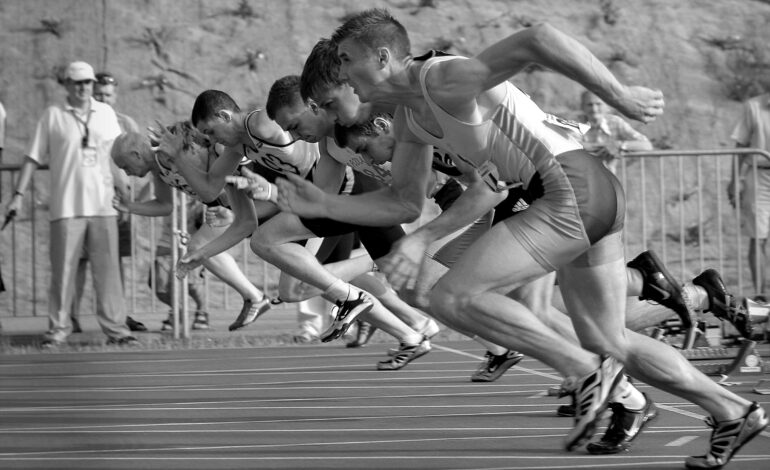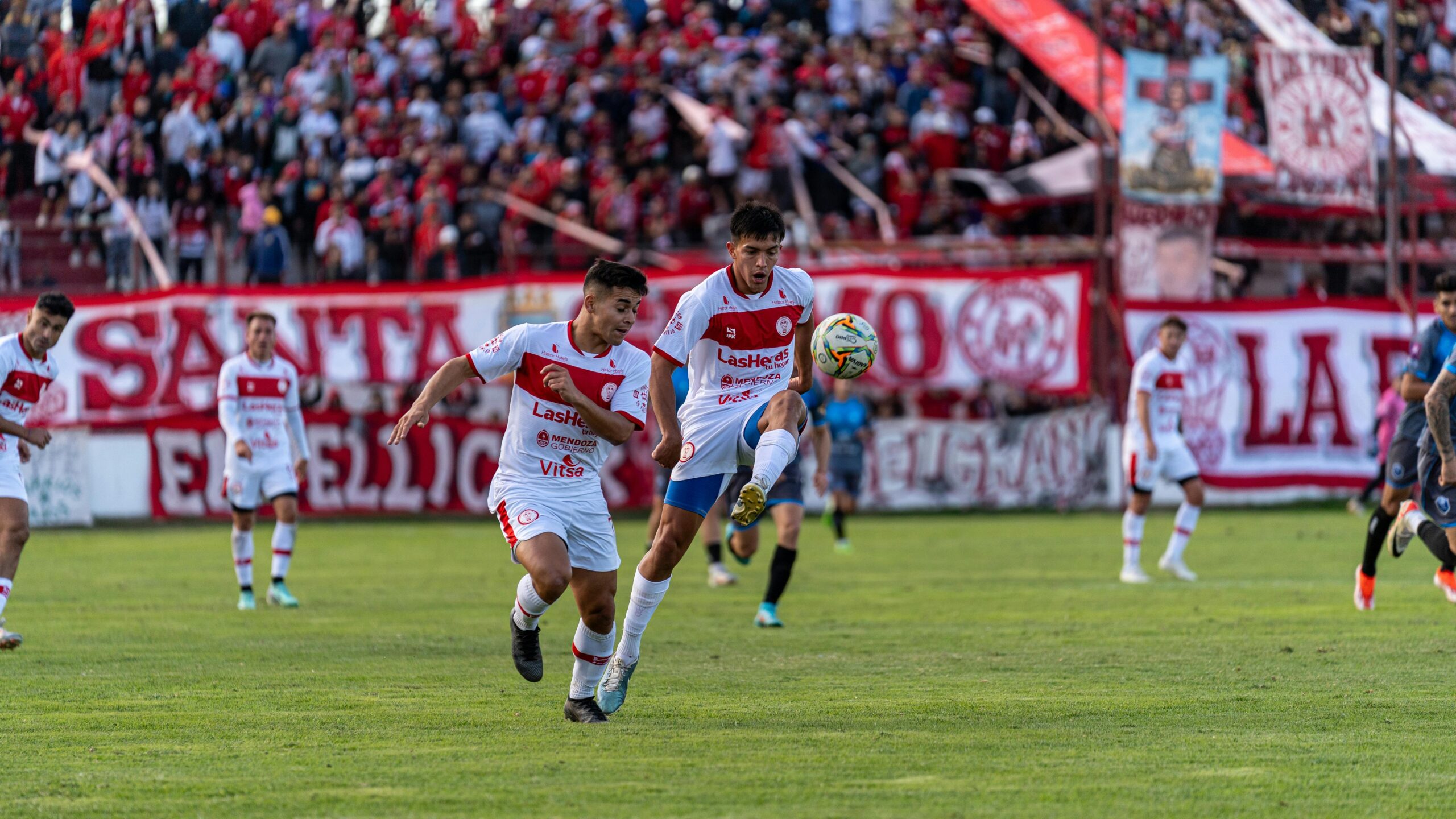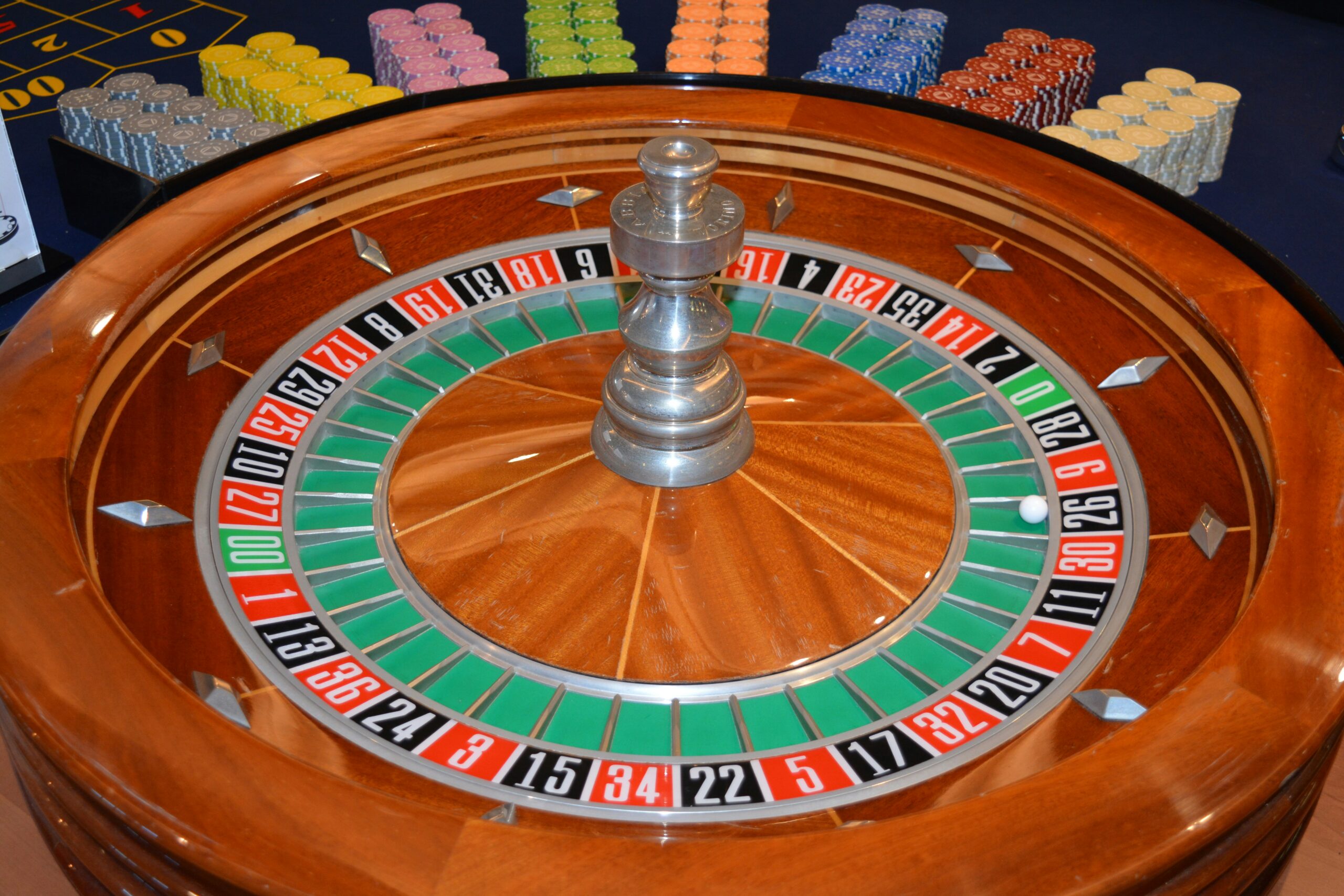
“Ultimate Guide to Olympic Sprint Events and Medal-Winning Performances”
The Ultimate Guide to Olympic Sprint Events: History, Records, and Rising Stars
The Olympic sprint events are among the most thrilling and widely watched competitions in the Summer Olympic Games. These high-speed races showcase the very best of human athleticism, speed, and determination. From iconic performances by athletes like Usain Bolt and Florence Griffith-Joyner to emerging talents rewriting the record books, sprinting at the Olympics remains a magnet for global audiences.
In this comprehensive blog post, we’ll dive deep into the world of Olympic sprint events, covering their history, rules, training methods, famous athletes, and what to expect from future editions of the Games. Whether you’re a sports fan, an aspiring sprinter, or a digital marketer optimizing for sports-related content, this is your go-to guide.
What Are Olympic Sprint Events?
Olympic sprint events refer to short-distance races that test an athlete’s explosive speed and acceleration over a limited distance. These events include:
-
100 meters (the shortest and most prestigious)
-
200 meters
-
400 meters
Each of these races requires a unique combination of technique, reaction time, and sheer power. Sprinting events take place on a 400-meter standard track, with the 100m typically run on a straightaway, and the 200m and 400m incorporating curves.
The goal is simple: be the fastest to cross the finish line. But behind this simplicity lies a complex interplay of biomechanics, psychological readiness, and precise execution.
A Brief History of Sprinting at the Olympics
Olympic sprint events have been a part of the modern Olympic Games since their inception in 1896. The men’s 100 meters was one of the original track and field events, while the women’s 100 meters was introduced in 1928.
Throughout the decades, these events have produced some of the most legendary moments in Olympic history. Key milestones include:
-
Jesse Owens (1936 Berlin Olympics) – The American sprinter won four gold medals, challenging Nazi ideologies and cementing his place in sports history.
-
Florence Griffith-Joyner (1988 Seoul Olympics) – Known for her flamboyant style and astonishing speed, “Flo-Jo” still holds the women’s 100m and 200m world records.
-
Usain Bolt (2008–2016) – The Jamaican sprinter electrified the world by winning eight Olympic gold medals and setting world records in the 100m (9.58s) and 200m (19.19s).
Over time, the Olympic sprint events have become synonymous with global excellence in speed, athleticism, and raw determination.
Rules and Format of Olympic Sprint Events
Understanding the format and regulations is key to appreciating the drama and precision of these races. Here’s a breakdown of how the Olympic sprint events are structured:
1. Heats and Qualification Rounds
Each sprint event starts with preliminary heats. Athletes must qualify through multiple rounds—usually heats, quarterfinals (depending on entries), semifinals, and finals.
2. Starting Blocks
Runners begin in starting blocks equipped with sensors. False starts, where an athlete begins before the starting gun, lead to disqualification after a single violation.
3. Lanes and Staggered Starts
Each athlete runs in a designated lane, with staggered starts used in the 200m and 400m to ensure fair distances around curves.
4. Photo Finish and Timing
Precision timing technology measures results down to the thousandth of a second, and in tightly contested finishes, a photo finish is used to decide the victor.
5. Wind Assistance
In the 100m and 200m, wind speeds are measured. Performances with tailwinds exceeding 2.0 m/s are ineligible for record consideration.
Training and Techniques for Olympic Sprinters
Behind every world-class sprinter is a rigorous training program. Preparing for Olympic sprint events involves more than just running fast. Here are the main pillars of sprint training:
Speed and Acceleration Drills
-
Acceleration Phase:The acceleration phase emphasizes generating powerful bursts right from the start using exercises such as sled pushes bounding drills, and plyometric training
-
Top-End Speed: Involves sprinting at maximum velocity, often assisted by resistance bands or downhill sprints.
Strength and Conditioning
-
Weight Training: Squats, deadlifts, and power cleans build explosive leg power.
-
Core Stability: A strong core enhances form and maintains alignment.
Flexibility and Recovery
-
Dynamic Stretching: Keeps muscles primed and ready.
-
Recovery Protocols: Ice baths, massages, and sleep are critical for peak performance.
Technical Form
-
Arm Swing: Arms must move efficiently to balance leg movement.
-
Stride Mechanics: Stride mechanics involve optimizing both step length and rhythm to enhance running efficiency and minimize the chance of injury.
By mastering these elements, athletes can fine-tune their bodies for optimal performance in Olympic sprint events.
Iconic Athletes and Records in Sprint Events
Let’s take a closer look at some of the most celebrated figures in Olympic sprint events and the records they hold.
Usain Bolt (Jamaica)
-
100m: 9.63s (Olympic record, London 2012)
-
200m: 19.30s (Olympic record, Beijing 2008)
-
Bolt’s charisma and dominance redefined sprinting and inspired millions.
Florence Griffith-Joyner (USA)
-
100m: 10.62s (Olympic record, Seoul 1988)
-
200m: 21.34s (Olympic record, Seoul 1988)
-
Her records remain untouched decades later.
Michael Johnson (USA)
-
Known for his upright running style, Johnson set the 400m world record in 1999 and won multiple Olympic golds.
Shelly-Ann Fraser-Pryce (Jamaica)
-
A multiple-time gold medalist in the 100m and one of the most consistent sprinters in Olympic history.
These athletes not only dominate the record books but also represent the pinnacle of dedication in Olympic sprint events.
Sprinting’s Cultural and Global Impact
Olympic sprint events have a unique ability to captivate global audiences. Why? Because speed is universal. It’s a measure of raw human ability that transcends language, culture, and borders.
Media and Sponsorships
Elite sprinters such as Usain Bolt secure sponsorships worth millions due to their global appeal and athletic achievements. Major brands align with Olympic sprinters to leverage their speed, energy, and global appeal.
Youth Inspiration
Sprint events motivate aspiring athletes across the global to pursue their ambitions and aim for greatness. Grassroots programs, especially in countries like Jamaica and Kenya, cultivate future Olympians with limited resources but unlimited drive.
National Pride
Winning an Olympic sprint event often becomes a source of immense national pride. Flags wave high and anthems echo in stadiums, uniting people through shared victory.
Future of Olympic Sprint Events
The landscape of Olympic sprint events continues to evolve with technology, gender equality, and global inclusion.
Emerging Stars
Young sprinters like Erriyon Knighton (USA) and Christine Mboma (Namibia) are making waves with record-breaking junior performances.
Gender Parity and Inclusion
The IOC is working to ensure equal representation for men and women in all track and field events, including sprints.
Technological Advancements
From biomechanical analysis to high-tech sprint spikes, science is pushing human performance to new heights. Smart tracks and wearable tech are also becoming integral to training.
Expanded Reach
With digital platforms streaming the Olympics globally, sprinting events now reach billions of viewers, increasing the sport’s popularity and influence.
Why Sprinting Still Matters in the Olympics
In an age where extreme sports and niche athletic contests are gaining attention, Olympic sprint events remain a cornerstone of the Games. They require no equipment, no complicated rules—just speed, guts, and a finish line.
From casual viewers to sports analysts, everyone feels the adrenaline when the world’s fastest humans explode out of the blocks.The thunderous cheers, intense anticipation before the start, and thrilling race conclusions capture the true heart of the Olympic spirit.
Sprinting will always be more than a race—it’s a celebration of what the human body can achieve when pushed to its limits.
Conclusion
Olympic sprint events occupy a special place in the passion and admiration of both spectators and competitors. They combine tradition, drama, and elite performance in a few breathtaking seconds. As new talent emerges and global audiences grow, the sprinting legacy at the Olympics is poised to become even more electrifying.
Whether you’re watching from the stands, following the highlights online, or training to become the next sprinting legend, there’s no denying the magnetic pull of these iconic events.
Stay tuned for the next Olympic Games—you won’t want to miss the fireworks when the sprinters take their marks!
Frequently Asked Questions (FAQ)
1. What are the main Olympic sprint events?
The primary Olympic sprint events include the 100 meters, 200 meters, and 400 meters. These races test an athlete’s speed, reaction time, and technique over short distances on the track.
2. Who holds the title of the fastest sprinter in Olympic history ?
Usain Bolt of Jamaica holds the title of the fastest Olympic sprinter, setting world records in the 100m (9.58 seconds) and 200m (19.19 seconds).
3. When were Olympic sprint events first introduced?
Sprinting became a feature of the modern Olympic Games in 1896, with the men’s 100-meter race introduced at the inaugural event. The women’s 100-meter sprint was later included in 1928.
4. How do athletes qualify for Olympic sprint events?
Athletes must meet qualifying times set by World Athletics and compete in national trials. The top finishers and time qualifiers then represent their countries at the Olympics.
5. What is a false start in sprinting?
A false start occurs when a sprinter leaves the starting blocks before the gun. In Olympic sprint events, one false start results in immediate disqualification.
6. How are winners determined in close sprint races?
High-precision timing technology records results to the nearest thousandth of a second. In tight finishes, a photo finish is used to accurately identify the winner.
7. What training do Olympic sprinters follow?
Olympic sprinters train with a combination of speed drills, strength training, technical form work, and recovery strategies to optimize performance.
8. What makes sprint events so popular in the Olympics?
Sprint events are fast, dramatic, and easy to understand. They often feature the world’s most famous athletes and deliver some of the Games’ most unforgettable moments.






0 Comment
Hi, this is a comment.
To get started with moderating, editing, and deleting comments, please visit the Comments screen in the dashboard.
Commenter avatars come from Gravatar.